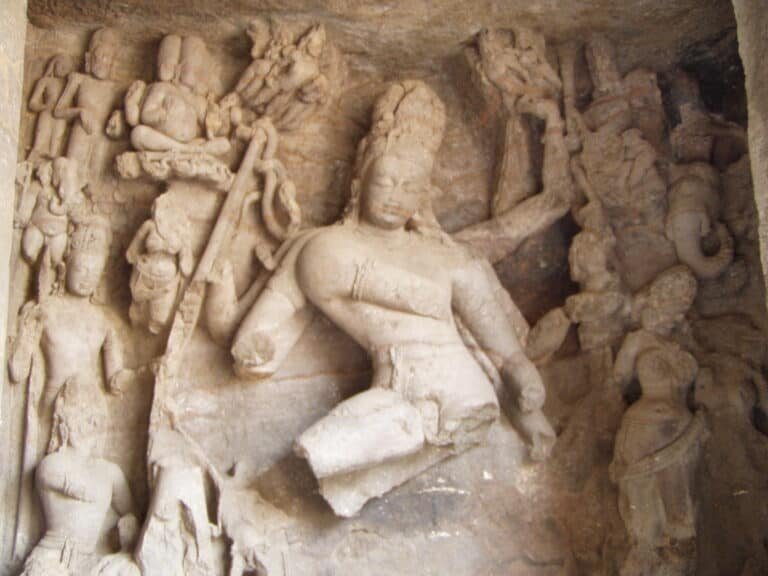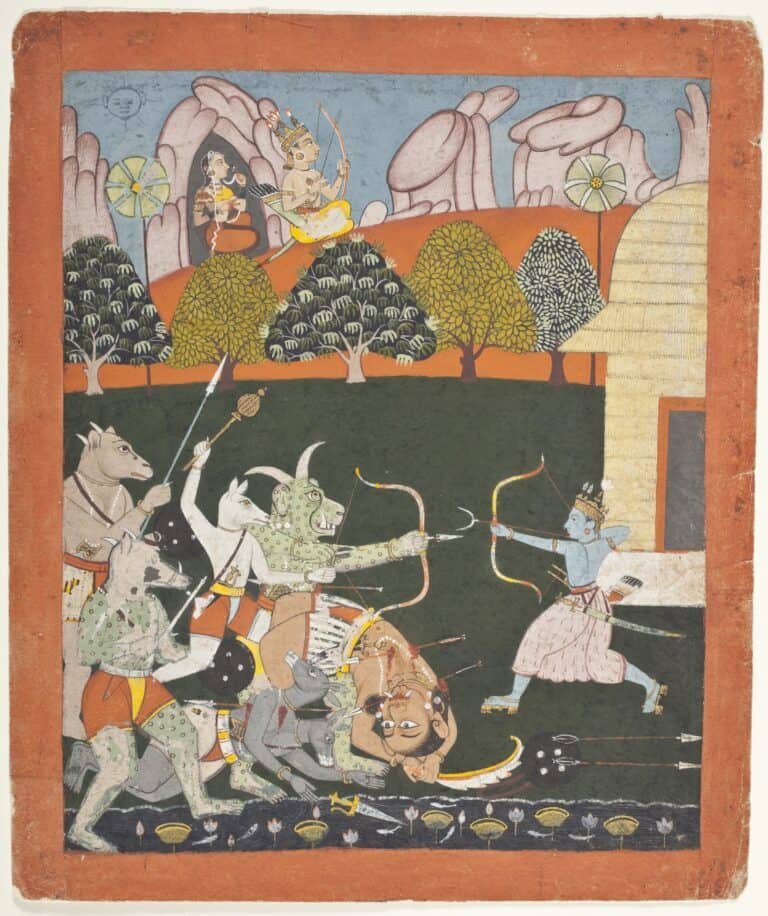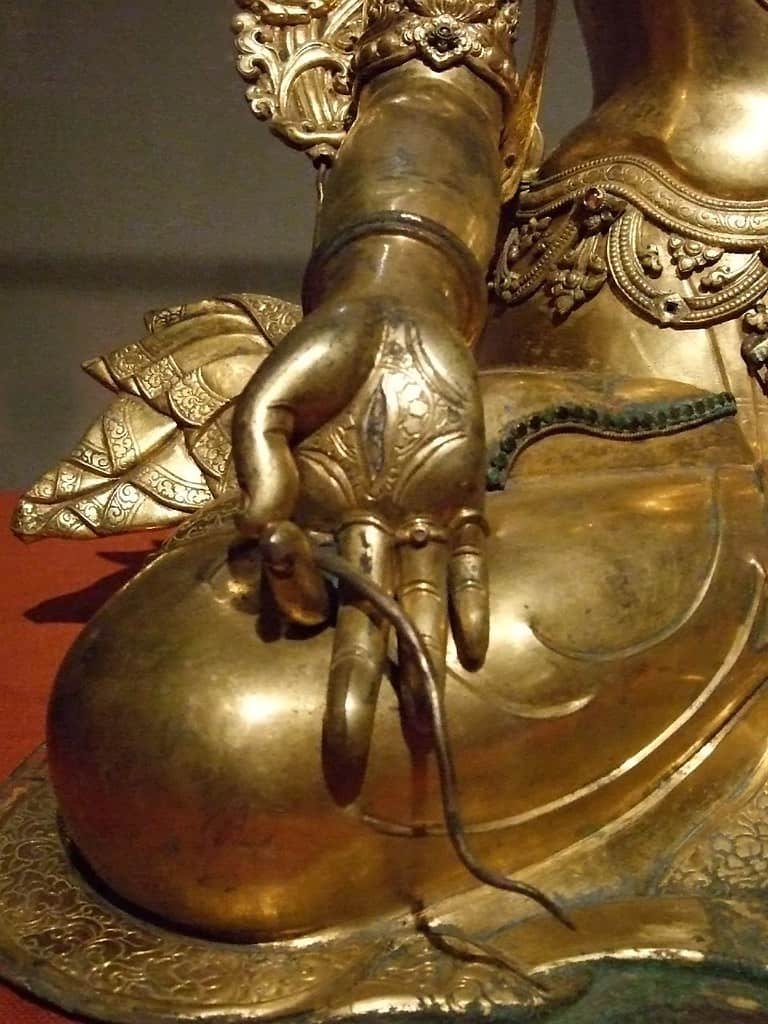When the light disappears

“Diwali decoration” by AbeerArts is licensed under CC BY-NC-ND 2.0
We are now in the feast of Diwali. This is a feast when the goddess Lakshmi is called upon as love, abundance, and light.
This time when that darkness takes over more and more, lights are lit for hope of the return of light and goodness.
There is a myth about how the inner darkness occurs and how this quality/energy of light and abundance is lost.
The history is about the king of the gods; Indra. Indra had the natural arrogance that often comes with status and power, but which everyone can be guilty of.
One day, Indra was met by a holy man called Durvasas. This man came with a garland of flowers that materialized in front of him in meditation. He said, “Indra, Indra! This garland manifested itself in front of me in meditation. It contains the very essence of sri (another name for Lakshmi and the word for what she embodies). I was told to give it to you.
“Indra receives the garland, but before the holy man goes, he sees Indra putting the garland around his elephant’s neck. This sign of disrespect makes Durvasas curse him. “The way you disrespeketed Sri, she will abandon you.” In this moment, the whole world lost its luster, and all love and abundance disappeared.
The story goes on with Vishnu being asked to bring Lakshmi back. She has returned to the source of all things: an infinite sea of milk. This begins the story of the churning of the primordial sea, to regain Lakshmis love and abundance to the world.
Based on the understanding of Lakshmi/Sri as what has been lost, one can understand the amrita for which the primordial sea of milk is churned, as the quality of sri-love and abundance, which Lakshmi personifies.
Disrespect for this quality has resulted in asuras (gods of darkness), representations of darkness and unconsciousness, taking over the world. This is done in the story through a war in which asuras wins over devas (gods of light), when devas has lost their vitality.
Internally, it happens when the less conscious, less truthful parts of the personality take over.









